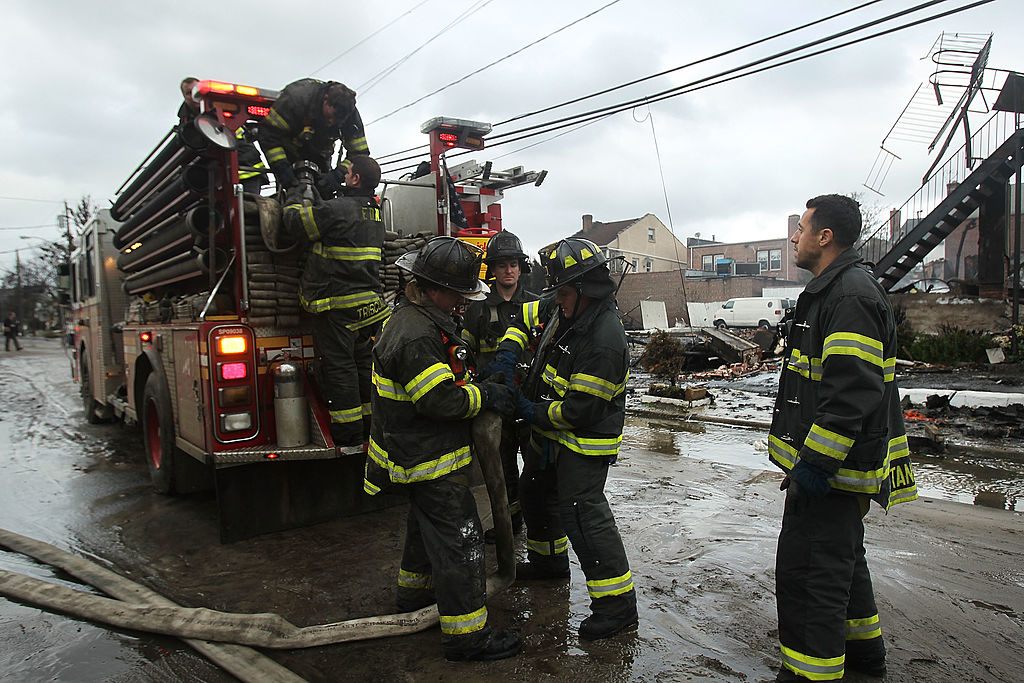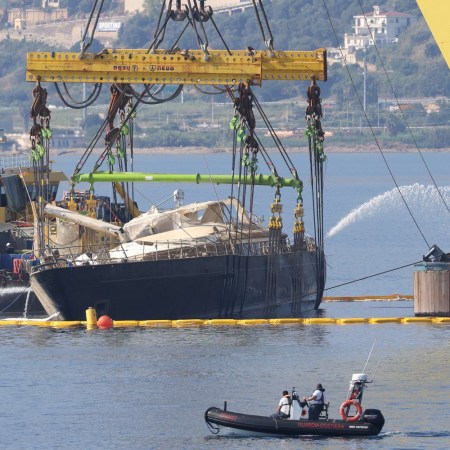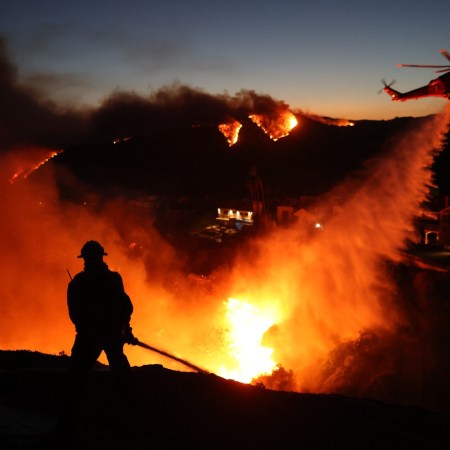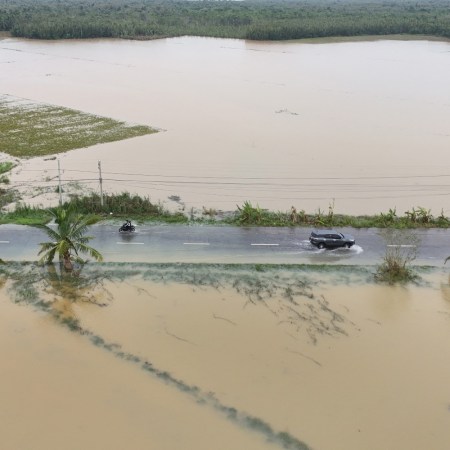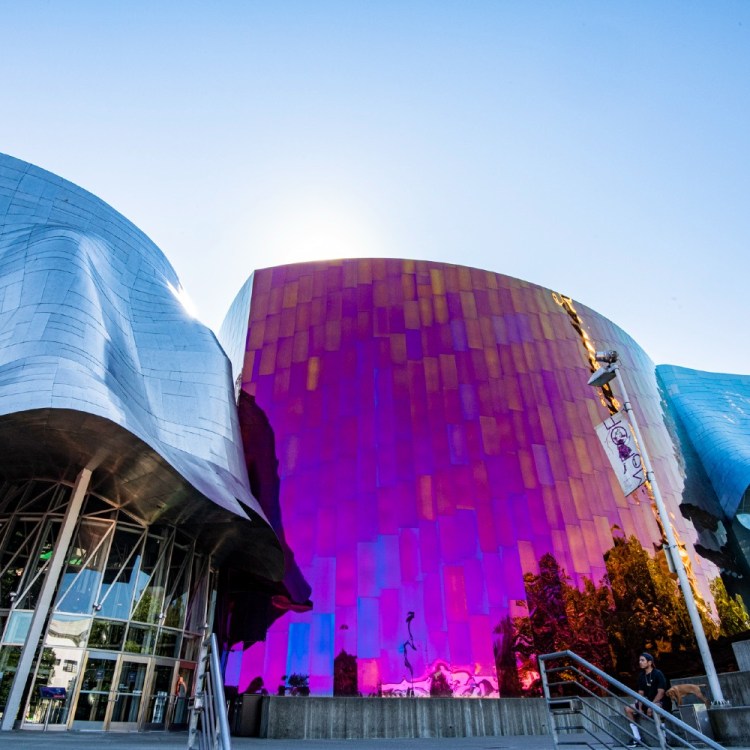It’s been almost nine years since New York City and much of the surrounding reason faced the unthinkable: a storm on the scale of Hurricane Sandy. The storm had a substantial cost in a host of ways, from the lives lost in the disaster to the damage done to neighborhoods and infrastructure. Prior to the storm’s landfall, that such a disaster could happen was unthinkable; now, a similar storm striking New York or another city seems like a case of “when” rather than “if.”
That, in turn, prompts the question of what the city itself is doing to prepare for another storm of that scale. Nearby Hoboken is in the process of implementing a flood mitigation plan, for example. And some of the measures New York is taking have sparked plenty of media attention, including a controversial plan to rebuild East River Park. Reporting on the plan for Curbed, Keith Gessen noted that it was “merely the first, and not by any means the hardest, section of lower Manhattan to defend.”
In the same article, Gessen also pointed to the park as one element of a much larger whole. “Beyond lower Manhattan, trying to get a handle on what the city is doing to prepare for climate change is nearly impossible,” he wrote.
He’s not the only one raising the alarm over this. Literary Hub recently published an excerpt from Christina Conklin and Marina Psaros’s The Atlas of Disappearing Places: Our Coasts and Oceans in the Climate Crisis. In it, Conklin and Psaros explore how the Bloomberg and de Blasio administrations have worked to prepare for a future catastrophe — and express concern that it may not be sufficient for a future storm on the scale of Sandy.
The authors criticize both mayors for taking as a given that “New York’s footprint is simply too important to question or change.” Conklin and Psaros argue that preparing adequately for another major storm requires “difficult conversations and unpopular zoning changes,” something most elected officials have, understandably, little appetite for. With an election this fall to select de Blasio’s successor, might we see them spark change? Things are getting more urgent by the day.
Thanks for reading InsideHook. Sign up for our daily newsletter and be in the know.
